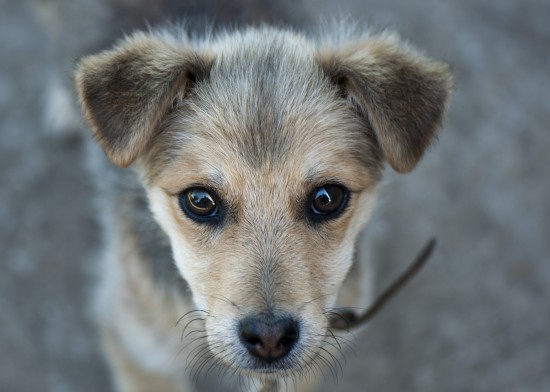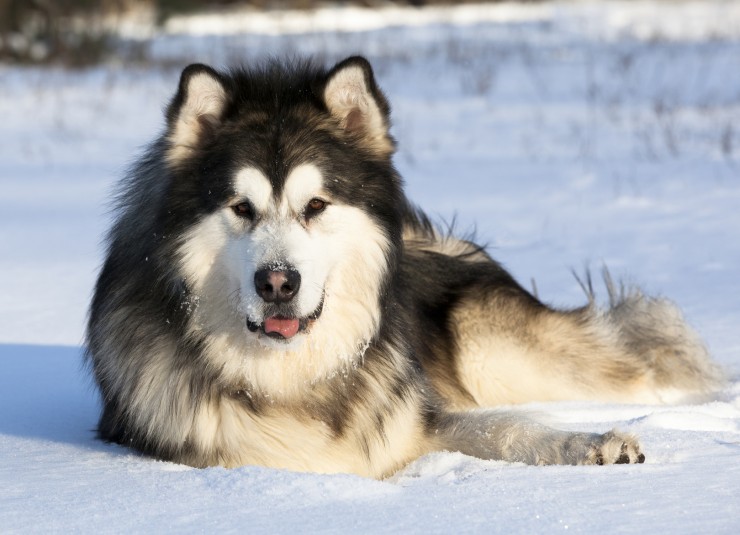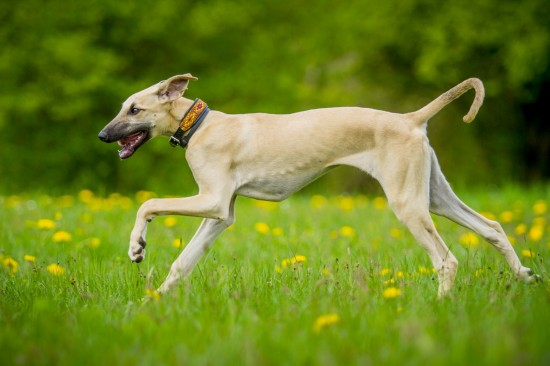There are many different breeds of cats to choose from when it comes to adopting a new member of the family. If you would like a breed that is a little different, then perhaps one of the Rex cat breeds may be the answer. Here are profiles of the main types.
Rex cats are a number of domestic cat breeds that are separated from other breeds by their wavy or curly fur that can be either long or short and either thick or a light coat. These breeds come from a naturally occurring genetic mutation that has then been selectively bred. There are currently four main recognised rex cat breeds; the Cornish, the Devon, La Perm and the Selkirk Rex. Other less well reocgnised rex breeds include the German Rex, the Ural Rex, the Tennessee Rex, the Tasman Rex group and the Skookum.
Cornish Rex
The Cornish Rex is distinguished for having almost no hair on their bodies apart from down, which is normally the very fine undercoat on a cat that has two layers on top of it. the breed originates from Cornwall as the name suggests but doesn’t have the same mutation that the neighbouring Devon Rex does.
The Cornish Re has some of the softest fur of any breed of cat but this means that they are not best suited to an outdoor life. If they stay outside in winter, due to the lack of protection, they can be at risk of hypothermia. Added to that is the fact that they naturally run a higher body temperature than other cats, at around 102 degrees. They have a tendancy to hang around the warmest parts of the house and will often sit beside laps, computer monitors and love to sit on people’s shoulders.
These cats come in a range of different colours in their shortened coats including solid colours such as white, black, chocholate, orange and dilutes shades such as blue, lilac and cream. They are found in all the forms of tabby as well as tortoiseshell colours and even colour point patterns such as found in Siamese.
Devon Rex
The Devon Rex first appeared in the county in the 1960s and is known for having a slender body, a wavy coat and large ears. They have a very fine coat like the Cornish Rex but otherwise are physically quite different. They have short, curled whiskers, slightly rounded eyes, an upturned nose and ears that are uncommonly large. While their body is slender, they are powerful jumpers and can make unusual large leaps.
Using this ability to jump means they like to sit in high places as well as odd spots such as a shelf or a closet. They are also highly intelligent animals that can be trained to walk on a leash or even perform tricks such as heel and fetch, more commonly associated with dogs.
LaPerm
As its name hints, the LaPerm breed has curly hair, with the tightest curls on the belly, throat and the bottom of the ears. The breed originated in the US but has spread around the world and is no genetically related to the other Rex breeds. Their body type is different to the other rex species as well, having a muscular body, long legs and neck and a broad nose with flat ears.
The coat of the LaPerm is decribed as more of a textured feel than that of the other rex breeds and is likened to mohair. The coat has no undercoat and is loose and springy, varying in thickeness with the season. Some of the cats also have a lion-like ruff around their neck.
Selkirk Rex
The Selkirk Rex is distinct from the other Rex breeds in so far as its hair is of normal length but curly. It comes in both longhair and shorthair versions and was first known in Montana in 1987. It has since been outcrossed with breeds such as American Shorthairs, Persians, Exotics and British Shorthairs to keep the genetic diversity and is now accepted by most of the main cat associations.
The Selkirk is not recommended for those with allergies because the density of their coat means they shed a great deal of hair.
Conclusion
While sharing a genetic trait that makes their hair curly, the Rex cat breeds are relatively diverse and have little in common with each other. They all make excellent pets and apart from taking into account a few basic needs relating to their coat, they are otherwise a perfectly normal breed of cat.

 Gaining The Trust Of An Abandoned Or Mistreated Puppy
Gaining The Trust
Gaining The Trust Of An Abandoned Or Mistreated Puppy
Gaining The Trust
 Working In an Animal Hospital - A Variety of Opportunities
Working In an Animal Hospital - A Variety of Opportunities
Working In an Animal Hospital - A Variety of Opportunities
Working In an Animal Hospital - A Variety of Opportunities
 Training The Alaskan Malamute Successfully
Training The Alas
Training The Alaskan Malamute Successfully
Training The Alas
 Caring For A Sloughi Dog
Caring For A Slou
Caring For A Sloughi Dog
Caring For A Slou
 Why You Need Leather Dog Collars Accessories?
Why You Need Leather Dog Collars Accessories?
Why You Need Leather Dog Collars Accessories?
Why You Need Leather Dog Collars Accessories?